Any use of MALL in language learning is automatically embedded within six different ecosystems. Each ecosystem limits the effectiveness of MALL, and all must be considered before deciding to use MALL as a learner or instructor:
| #1 The Linguistic Ecosystem |  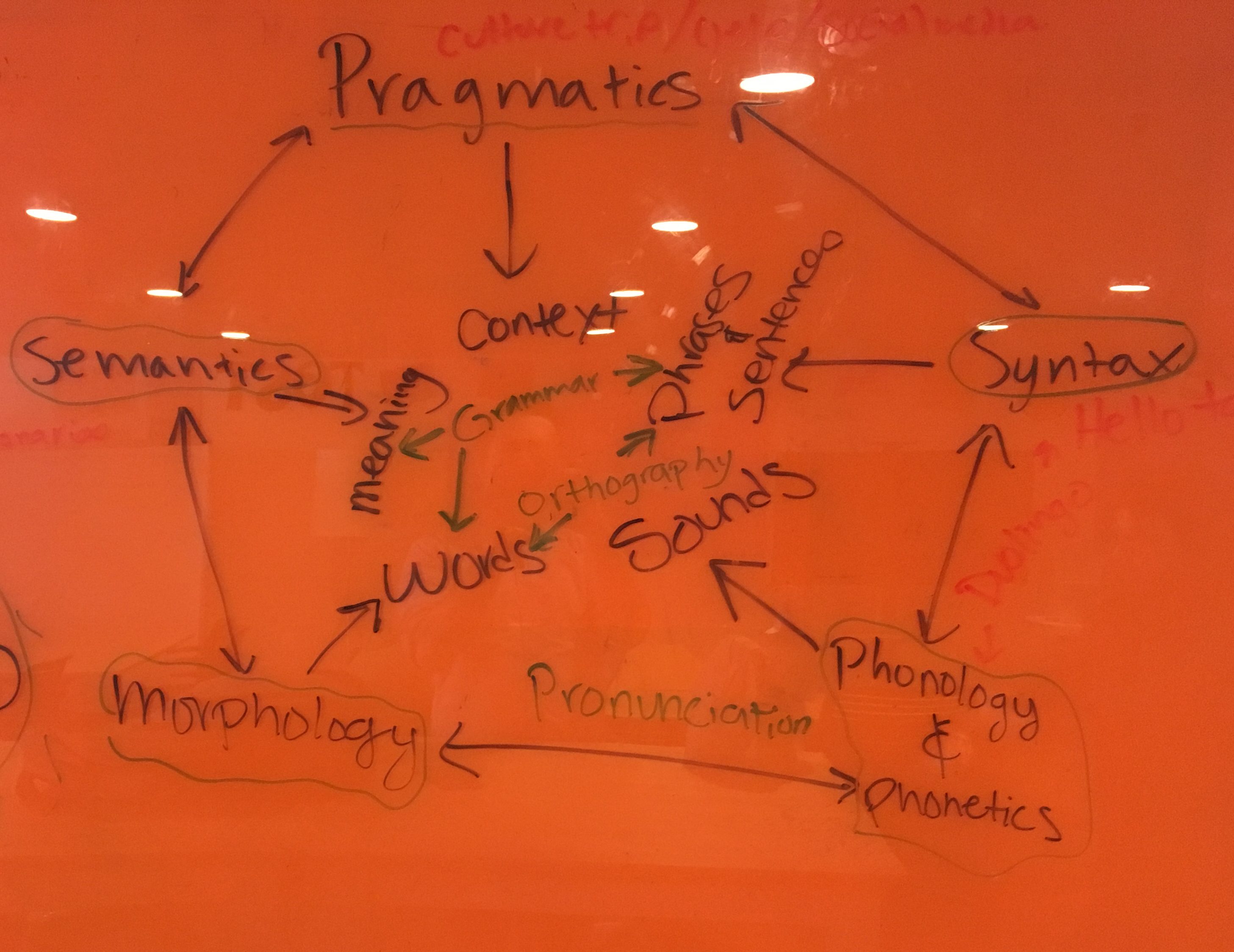 |
|
|
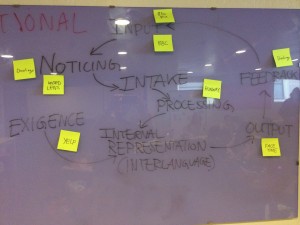 |
|
| Which constructs of the language acquisition process are being provided by this application?
(e.g. input, output, feedback, noticing, processing, metalinguistic awareness, motivation/investment, pattern induction, pattern deduction) |
|
| #3 The Pedagogical Ecosystem |  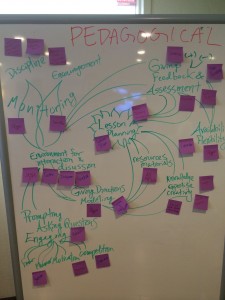 |
| Which classroom or pedagogical functions does the application do?
(e.g. collecting responses, checking attendance, giving formative feedback, carrying out summative assessment, solo-work, group-work, pair-work, managing whole class discussion, keeping track of time, keeping learners on task, differentiating instruction, having plan B) |
|
| #4 The Technological Ecosystem | 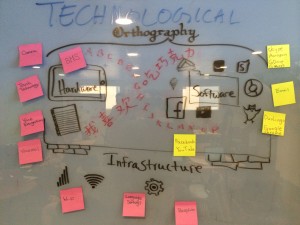  |
| What other technologies does this MALL application rely on in order to be effective?
(e.g. power, 4G, projector, screen, camera, video, cloud storage, microphones, quiet room, movable tables, poster paper, keyboards installed on phone, physical computers, Bluetooth connections, power cables, phone physical storage, accelerometer, app store accounts, etc…) |
|
| #5 The Institutional Ecosystem |  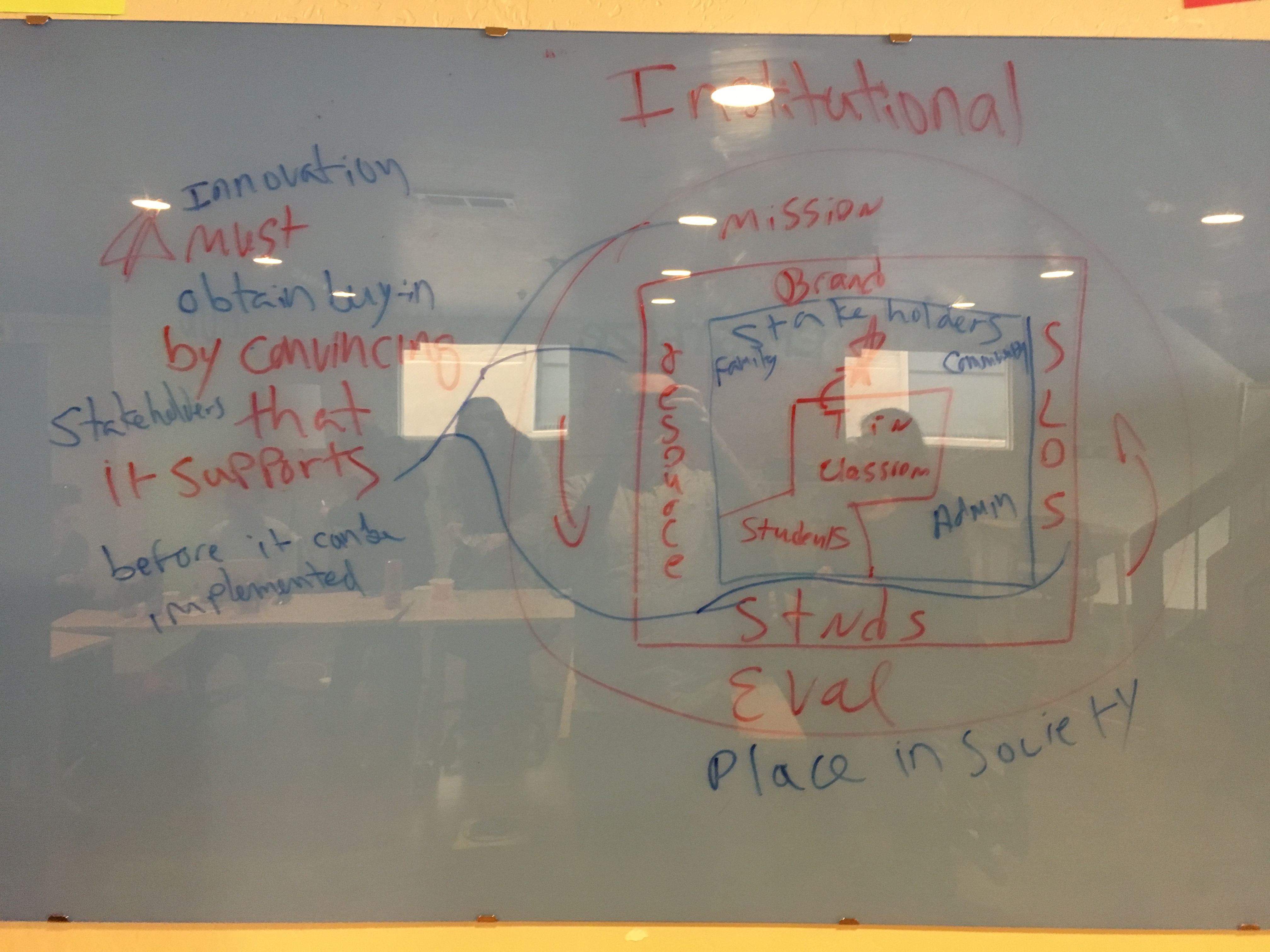 |
| What other institutional stakeholders have a say in whether this MALL application will be successful, and how it will be evaluated?
(e.g. co-teachers, principal, parents, learners themselves, tech support staff, school board, grant providing agencies, school marketing and communications staff) |
|
#6 The Sociocultural Ecosystem |
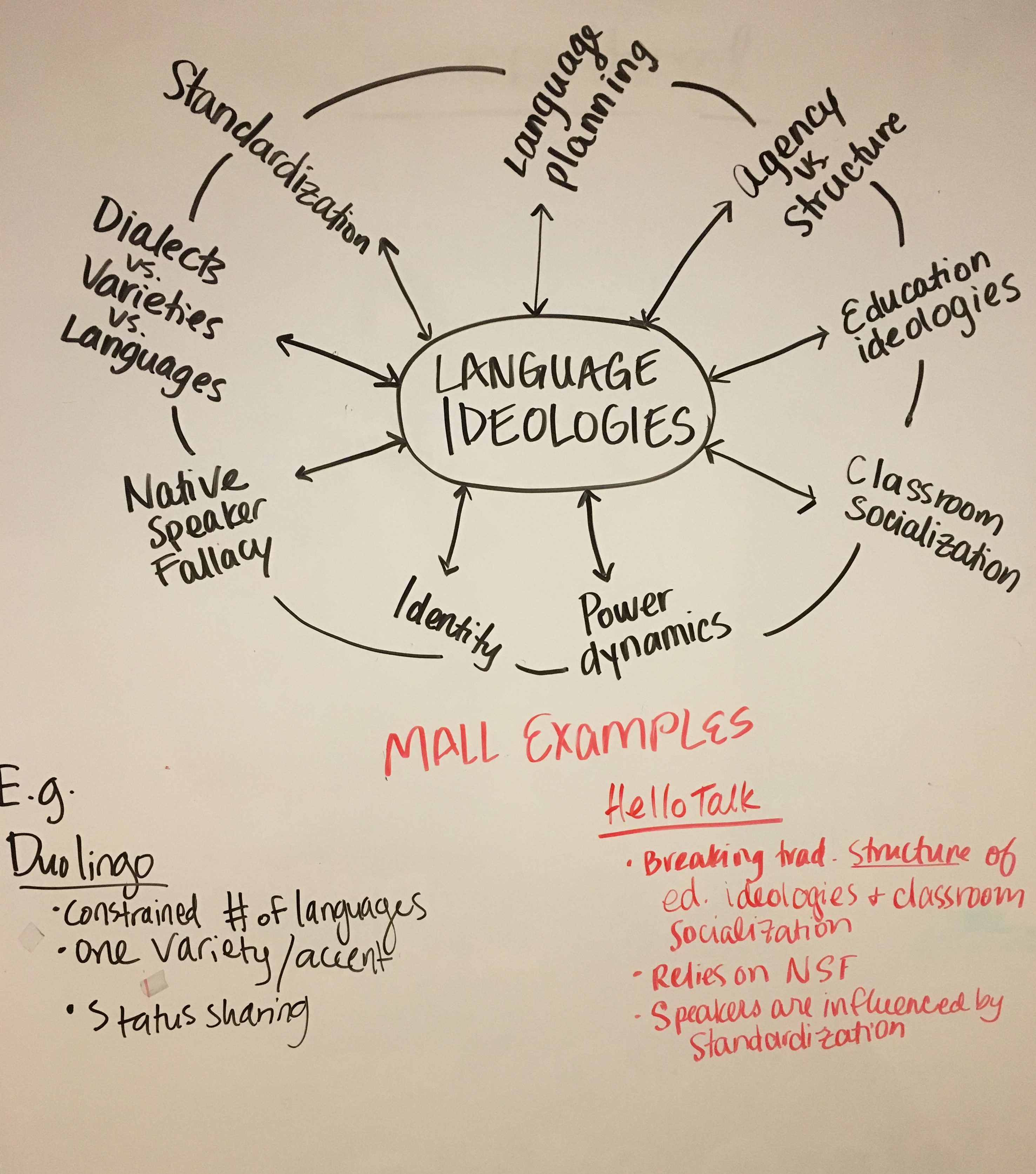 |
| What are stakeholders’ ideologies about technology, languages, being a student, being in a school, being a teacher?
(e.g. attitudes about gender, privacy, authority, teacher roles, classroom architecture, homework, testing, imagery, communication, sharing technology, standard language, social media, politics) |


